Reviews:
No comments
Related manuals for EMC PowerEdge R340
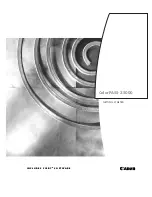
ColorPASS-Z5000
Brand: Canon Pages: 130
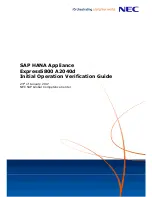
NEC Express5800 Series
Brand: NEC Pages: 4
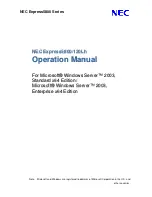
NEC Express5800 Series
Brand: NEC Pages: 21
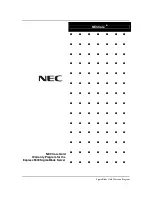
NEC Express5800 Series
Brand: NEC Pages: 10
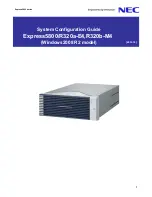
NEC Express5800 Series
Brand: NEC Pages: 22
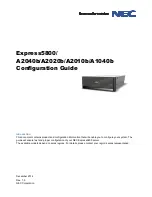
NEC Express5800 Series
Brand: NEC Pages: 71
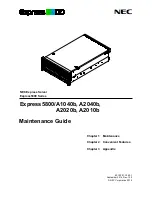
NEC Express5800 Series
Brand: NEC Pages: 166
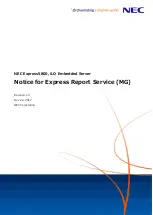
NEC Express5800 Series
Brand: NEC Pages: 16
VALERUS SERIES
Brand: Vicon Pages: 2

EXP339
Brand: NEC Pages: 128

SuperServer 5037C-i
Brand: Supermicro Pages: 88

SuperServer E300-9C
Brand: Supermicro Pages: 113

GMFPSU01
Brand: IOGear Pages: 44

ABLELink GW21W
Brand: Atop Pages: 52

SuperServer 6024H-82
Brand: Supero Pages: 122

6180DN - Phaser Color Laser Printer
Brand: Xerox Pages: 2

3Play 3P1
Brand: NewTek Pages: 206

ANTMINER S19a Pro
Brand: BITMAIN Pages: 17

















